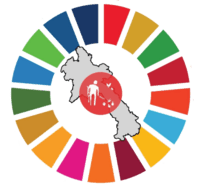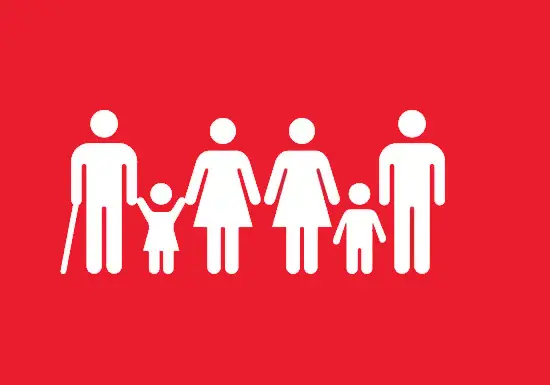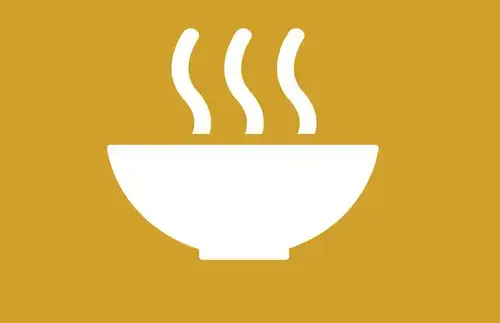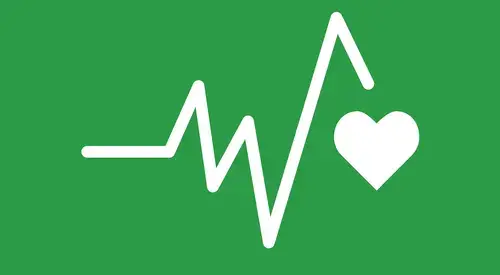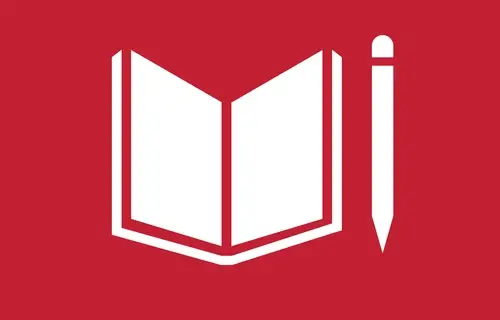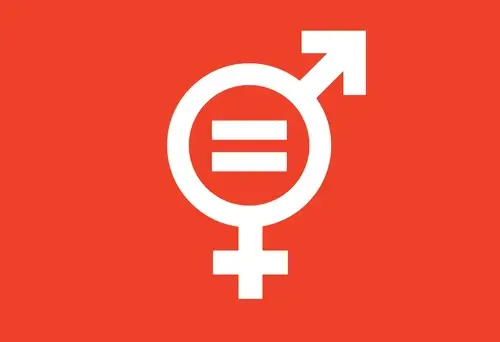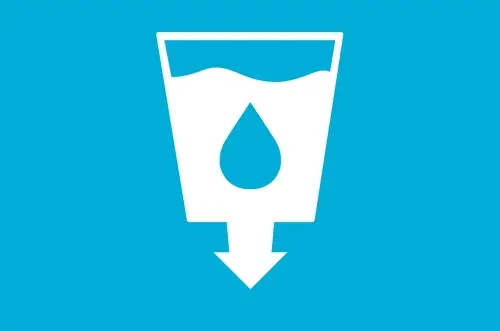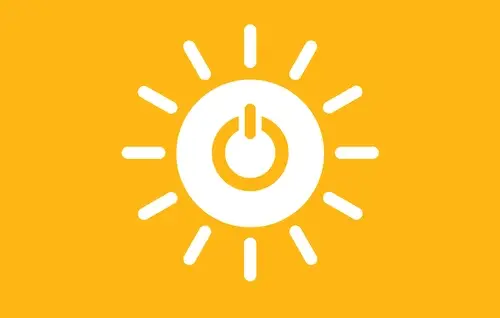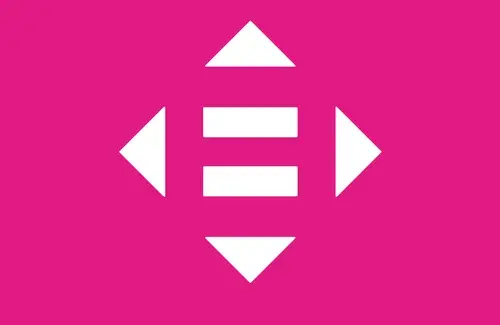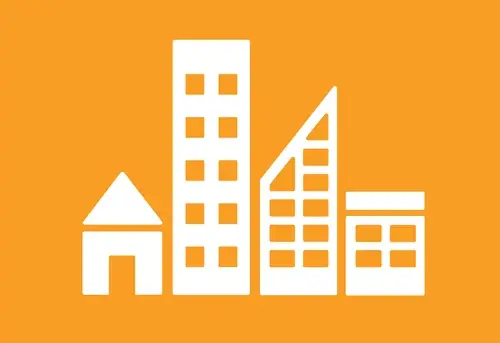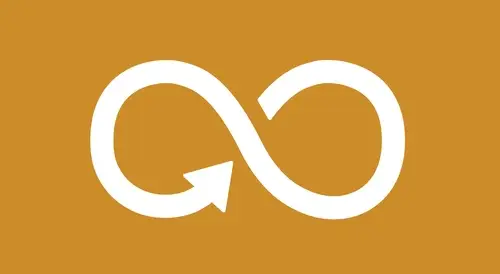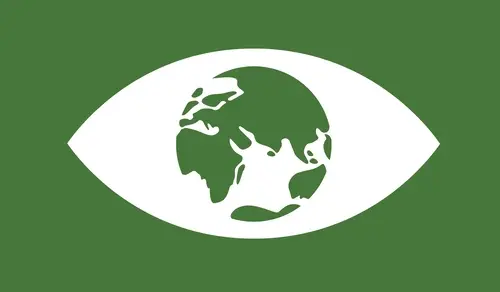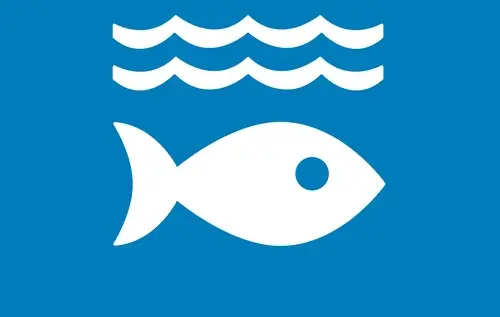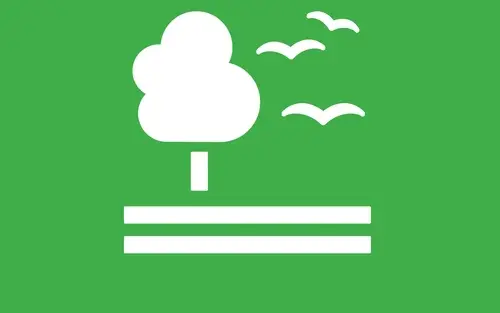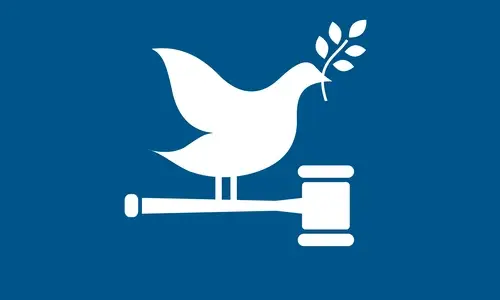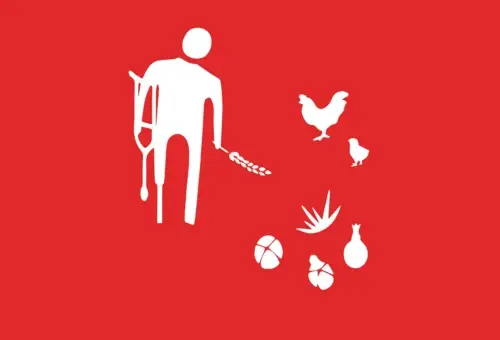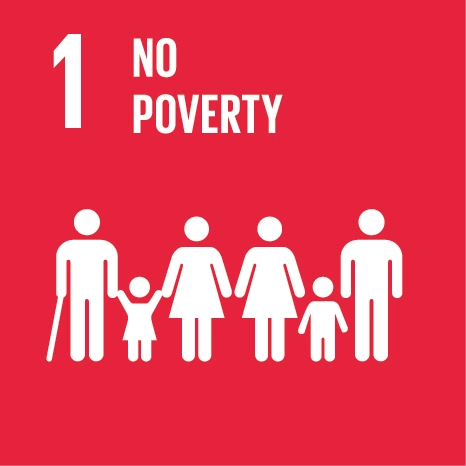
End poverty in all its forms evreywhere
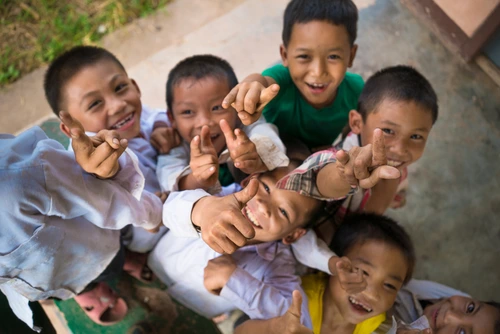
1.1. By 2030, eradicate extreme poverty for all people everywhere, currently measured as people living on less than $1.25 a day.
1.2. By 2030, reduce at least by half the proportion of men, women and children of all ages living in poverty in all its dimensions according to national definitions.
1.3. Implement nationally appropriate social protection systems and measures for all, including floors, and by 2030 achieve substantial coverage of the poor and the vulnerable.
1.4. By 2030, ensure that all men and women, in particular the poor and the vulnerable, have equal rights to economic resources, as well as access to basic services, ownership and control over land and other forms of property, inheritance, natural resources, appropriate new technology and financial services, including microfinance.
1.5. By 2030, build the resilience of the poor and those in vulnerable situations and reduce their exposure and vulnerability to climate-related extreme events and other economic, social and environmental shocks and disasters.
1.a Ensure significant mobilization of resources from a variety of sources, including through enhanced development cooperation, in order to provide adequate and predictable means for developing countries, in particular least developed countries, to implement programmes and policies to end poverty in all its dimension.
1.1.1 Percentage of population living below the international poverty line (US$1.90/day).
1.2.1 Percentage of population living below the national poverty line.
1.2.2 Percentage of children who are multidimensionally deprived according to national definitions.
1.2.3 Percentage of families defined as poor by the National Committee for Rural Development and Poverty Eradication (NCRDPE), Lao PDR.
1.3.1 Percentage of population covered by Social Protection Schemes:
- Social State Enterprise
- Social State
- Health Community and Poor
- Insurance
1.4.1 Percentage of population living in households with access to basic services:
- Access to secondary education
- Access to health service
- Access to improved water
- Access to micro-finance services
- Access to electricity
- Access to roads in all seasons
1.4.3 Number of certificates for tenure rights to land issued per year.
1.4.4 Ratio of (a) bank accounts and (b) financial institution/microfinance account held by the adult population (18 years old and above) as compared to the total population.
1.4.5 Percentage of (a) villages and (b) districts having:
- Bank branches or service units
- Microfinance institutions (All types)
1.5.1 Persons per 100,000 population directly affected (dead, missing, homeless/displaced) by natural disasters.
1.5.2 Percentage of damages affected from natural disaster to GDP.
1.5.6 The number of national advance warning centers and the number of meteorological and hydrological parameters measuring institutions that have been improved and activated.
1.a.2.a General government expenditure on (a) health and (b) education:
- % of total government expenditure
- % of GDP
1.a.2.b General government expenditure on social protection:
- % of total government expenditure
- % of GDP
